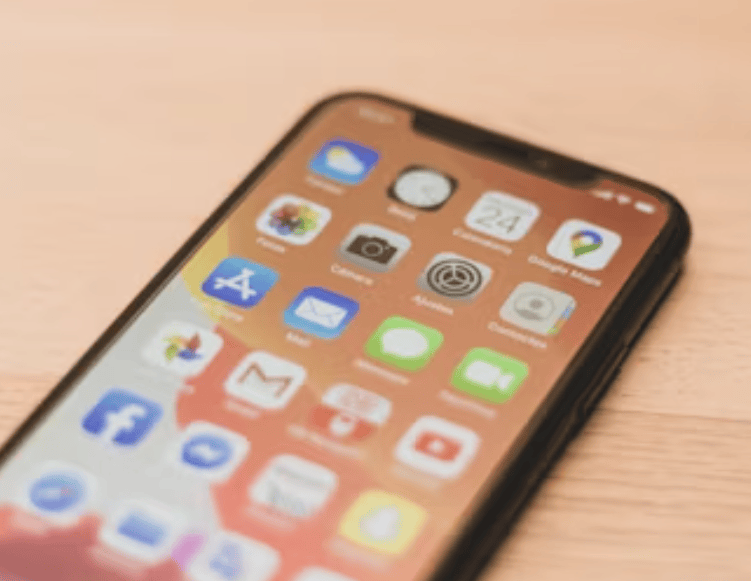As tax season approaches, organizing and managing your financial documents becomes a top priority. Scanning your important tax documents using your smartphone is an efficient way to ensure they are digitized, easily accessible, and securely stored. This guide will provide you with a detailed, step-by-step process for scanning your tax documents effectively, along with tips on organizing and storing them for future reference.
Table of Contents
Preparing to Scan Your Tax Documents
Before diving into the scanning process, it’s essential to prepare your documents and environment to ensure a smooth experience.
1. Gather Your Documents
Start by collecting all relevant tax documents. This may include:
- W-2 forms from employers
- 1099 forms for freelance or contract work
- Receipts for deductible expenses
- Bank and investment statements
- Documentation for deductions, such as mortgage interest statements
Organizing your documents into categories can help streamline the scanning process. You might want to separate them into sections like income, expenses, and deductions, making it easier to locate specific documents later.
2. Choose the Right Environment
Find a well-lit area to scan your documents. Natural light is ideal, but if that’s not available, use a lamp to eliminate shadows. A flat, uncluttered surface is essential to ensure stability while scanning. Consider using a dark background to enhance contrast, especially if you’re scanning lighter documents.
3. Select a Scanning App
Several apps are available for scanning documents with your phone. Popular options include:
- Adobe Scan: Offers automatic text recognition (OCR) and allows you to save documents as PDFs.
- CamScanner: Provides features for enhancing scanned documents and organizing them into folders.
- Microsoft Office Lens: Ideal for scanning documents, whiteboards, and photos, with direct integration into Microsoft Office apps.
Download your chosen app and familiarize yourself with its features, as this will make the scanning process more efficient.
Scanning Your Tax Documents
Once you’re prepared, it’s time to start scanning your documents. Follow these steps for optimal results:
1. Position Your Document
Place your document flat on the scanning surface. Ensure that it is well-aligned and free of wrinkles or creases. If possible, use a paperweight to keep the corners flat and prevent movement during the scan.
2. Open the Scanning App
Launch your selected scanning app. Most scanning apps will provide a user-friendly interface that guides you through the process.
3. Capture the Image
Point your smartphone’s camera directly over the document. The app may automatically detect the edges of the document and suggest cropping. If not, you can manually adjust the cropping lines to ensure only the document is captured.
- Focus: Ensure the document is in focus. Most scanning apps will automatically adjust the focus, but you can tap the screen to set it manually if necessary.
- Lighting: Double-check that the lighting is consistent and there are no shadows obscuring the text.
4. Adjust Settings as Needed
Depending on the app you’re using, you may have options to adjust settings before capturing the image. Look for features that enhance the quality of the scan, such as:
- Color Adjustments: Opt for color, grayscale, or black and white settings depending on the document.
- Auto-Crop: Use auto-crop features to eliminate excess background space and enhance readability.
5. Capture and Review the Scan
Once you’re satisfied with the setup, capture the image. Review the scan for clarity and completeness. If the document is blurry or poorly lit, consider re-scanning it to ensure the best quality.
6. Save and Organize Your Scans
After scanning all your documents, save them in the app. Most apps allow you to save files in various formats, such as PDF or JPEG.
- File Naming: Use clear, descriptive names for your files, including dates and document types (e.g., “2023_W2_EmployerName.pdf”). This practice will help you find documents quickly in the future.
- Folders: Create folders within the app for easy organization, grouping documents by category (income, expenses, etc.).
Storing and Backing Up Your Scanned Documents
After scanning and organizing your tax documents, it’s crucial to store them securely and create backups to protect against data loss.
1. Cloud Storage Options
Consider using cloud storage solutions such as Google Drive, Dropbox, or iCloud. These platforms allow you to store your documents securely and access them from multiple devices.
- Uploading: Follow the app’s instructions to upload your scanned documents to your chosen cloud storage. Ensure that you create folders in the cloud that mirror your app’s organization for easy retrieval.
2. Physical Backup
While digital storage is essential, keeping a physical backup can also be beneficial. Print copies of your most important documents and store them in a safe, organized manner, such as in a filing cabinet or a fireproof safe.
3. Review and Update Regularly
Tax laws and documentation requirements can change. It’s good practice to review your stored documents annually, removing any outdated files and updating your records with new scans as needed.
4. Ensure Security
If you’re storing sensitive information, make sure to enable security features such as password protection or two-factor authentication on your cloud storage accounts. This added layer of security will help safeguard your information from unauthorized access.
Conclusion
Scanning your important tax documents using your phone is a practical and efficient way to organize your finances during tax season. By following the steps outlined in this guide, you can ensure that your documents are digitized, easy to access, and securely stored. With a bit of preparation and the right tools, you can streamline your tax filing process, reduce paper clutter, and maintain a comprehensive digital record of your financial documents. Embrace the convenience of technology this tax season and make document scanning a part of your routine.
